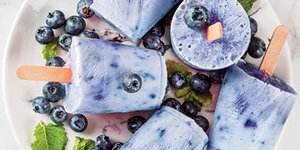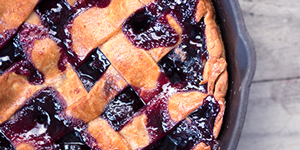
Picking the Best Blues
Author: be well™ with Big Y® Registered Dietitian Team
The beginning of July means one thing around these parts: It’s blueberry season! What’s not to love about these lovely morsels of sweet and sour popping so delicately in your mouth? Having fresh, local blues is an experience that stays imbedded in many of our memory’s for years to come.
Learn how to choose the best berries and how to store and enjoy them along with a few of their nutritional highlights.
How to Pick the BEST Blueberry
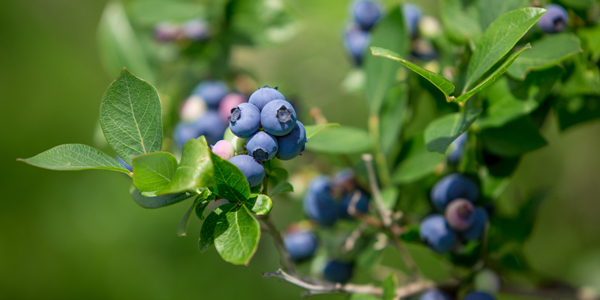
The beautiful blue-violet color and silvery-bloom of a ripe blueberry is Mother’s Nature indication that it is ready to pick. As is ensuring the blue-violet skin is subtle and unwrinkled and the berry itself is firm and plump. Unlike its tomato or pear counterparts, blueberries are not going to continue ripening after being picked. This means, if you have bushes in your yard, visit a local pick-your-own farm or grab a pint from our Produce Department, focus on choosing blueberries with deep blue-violet hues versus those lighter and/or a reddish hue.
If your hands are doing the picking, be gentle as you pull blueberries of their branches as well as when you place them in your bucket. These tiny delights bruise easily and you’ll end up changing their taste profile in addition to shortening their shelf life.
Storing Blueberries for Best Outcome
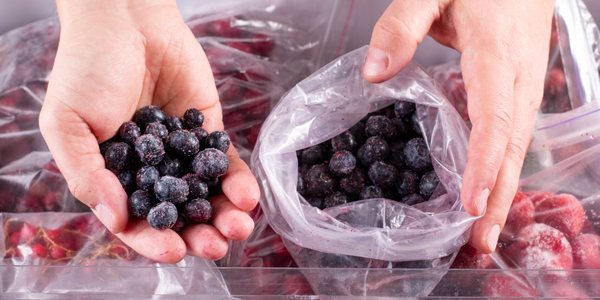
Store freshly-picked blueberries in refrigeration, unwashed. Rinse right before eating or cooking, within 10-14 days.
If you have a bountiful crop, consider freezing fresh blueberries for future enjoyment. When freezing, rinse well, dry and place berries single-layered on a wax paper-lined sheet pan and freeze. Once frozen, store blueberries in a freezer-safe container, like a resealable freezer food storage bag, up to 10 months.
Nutritional Benefits of Blueberries
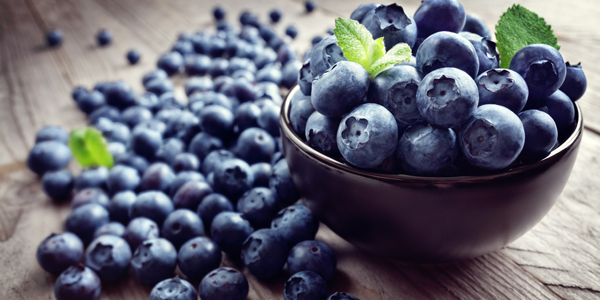
Eating blueberries is a delicious way to reach ~2 cups fruit each day recommended for most adults from MyPlate.1 These tasty berries provide you with antioxidant-acting compounds called polyphenols in the form of anthocyanin, creating the deep blue-violet color. Each cup of fresh blueberries is a good source of fiber and vitamin C and excellent source of vitamin K and manganese.2
Research on the impact of including blueberries in one’s meal plan is actively underway. Scientists are looking at the berries impact on heart and brain health, blood sugar management and exercise recovery.3
Enjoying Blueberries
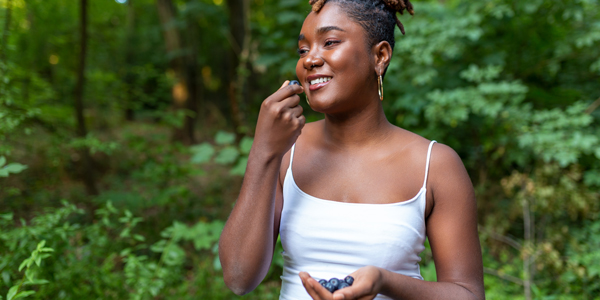
Enjoyed alone, on top of cereal, mixed into a salad, pureed into a smoothie or cooked into your favorite dessert, blueberries are versatile as they are culinary darlings. Get inspired with the recipes below and enjoy all the season has to offer!
1 U.S. Department of Agriculture. MyPlate: fruits. https://www.myplate.gov/eat-healthy/fruits . Accessed 6/9/2023.
2 U.S. Highbush Blueberry Council. Nutrition. https://blueberry.org/health-benefits/nutrition-facts/. Accessed 6/9/2023.
2 U.S. Highbush Blueberry Council. Health benefits. https://blueberry.org/health-benefits/. Accessed 6/9/2023.
Published 6/19/2023





